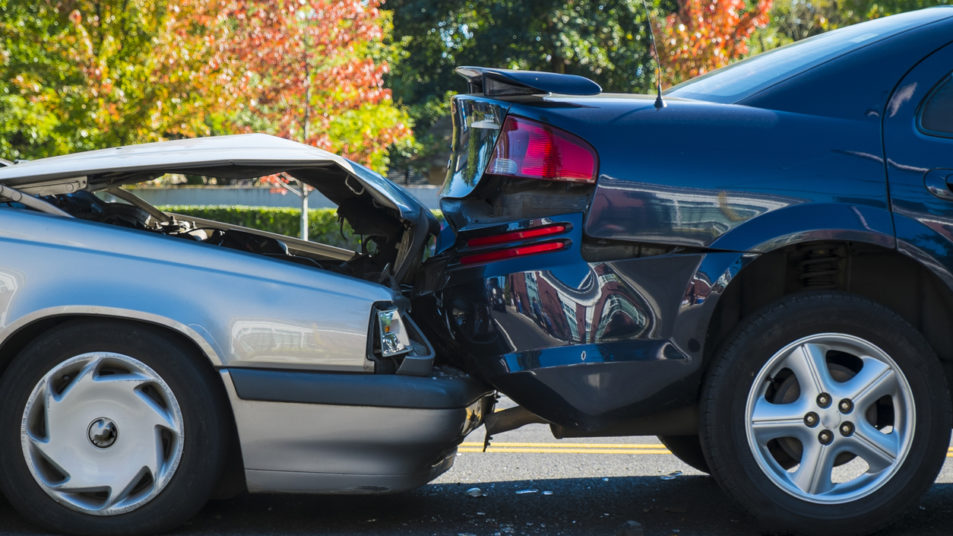Teen Driving Laws in California: What Every Teen Driver & Parent Should Know
Almost uniformly, teens look forward to getting a driver’s license. For them, it is a step toward greater freedom and independence.
For their parents, it is a time of worry and concern.
This is a time when teens also explore alcohol and drug use.
When alcohol or drugs are mixed with driving, the result can be deadly. Therefore, California regulates teen driving.
Here is what every teen driver and parent should know about teen driving laws in California.
California Teen Driving Permits and Licensing
Like many other states, California uses a Graduated Licensing Program to introduce teens to driving safely. This graduated approach allows a permitting process and training to begin before a teen driver may be licensed. To get a permit to drive a teen must be at least 15 ½ years old.
A teen may apply for a permit to drive once they have completed an approved driver’s education program that teaches traffic laws, road safety, driver responsibilities, and avoiding accidents. The programs must have either 30 hours or 2 1/2 semesters of classroom instruction conducted by a professional.
Alternatively, a teen may complete this training with an approved internet training program. Once a teen gets a permit, he or she must have 50 hours of driving education behind the wheel of a car within 6 months of obtaining the permit. Once that is completed, a teen may take their driving test at age 16.
Restrictions on a Teen License in California
A teen’s driver’s license is restricted for the first year. The license is provisional. Teens are prohibited from driving from 11:00 P.M. to 5:00 A.M. This is when the risk of accidents, especially those involving drugs or alcohol, are highest. When a teen driver has a passenger who isn’t yet 20 years old, there are additional restrictions.
The teen driver must also be transporting a:
- Certified driving instructor
- Parent or guardian (with a valid California license), or
- Licensed driver who is at least 25 years of age.
Once a teen turns 18, the restrictions can be removed.
Exceptions to Teen Driving Restrictions in California
There are several exceptions to these restrictions. In order to qualify for a restriction, a teen must be driving for an accepted reason and have written permission to do so. There are exceptions for:
- Medical necessity: Requires a doctor’s note.
- School: The note must be signed by the school principal or dean.
- Employment: The teen must have a note from the employer.
- Family member necessity: Note must be signed by parent.
Emancipated minors are treated somewhat differently. An emancipated teen must provide the DMV with emancipation court orders and must provide proof of insurance.
Penalties for Violating Teen Driving Restrictions in California
The DMV tracks a teen’s driving record and provisional license. Using its point system, the DMV assigns point values for accidents, traffic tickets, and arrests. Consequences for violations are as follows:
- A traffic ticket and failure to appear in court results in loss of a teen’s driving privilege until they appear in court.
- One collision in which the teen is at fault, or a conviction of a traffic law violation within 12 months will result in a DMV warning letter.
- If the teen has two collisions in which they are at fault or two traffic convictions within 12 months, results in a loss of a teen’s driving privilege for 30 days. In that case, the teen may only drive if accompanied by a licensed parent or other licensed adult over the age of 25.
- Three such collisions or traffic law violations within 12 months results in a suspended license for 6 months and one year of probation.
- Four or more such collisions or traffic law violations while on probation results in further suspension.
- An alcohol or a controlled substance use conviction between the ages of 13 and 21 years results in a suspended driver’s license for 1 year or a delay in a teen’s eligibility to apply for a driver’s license.
Both parents and teens need to be aware of these consequences. It is best to understand the law before a teen begins driving. Courts and the DMV are strict in applying consequences.
Teen Drivers and Cell Phones in California
Teens are glued to their cell phones.
In California, it is against the law for a teen to use a cell phone or any other electronic wireless device while driving.
That means that a teen may not answer a call or a text and may not initiate a call or text while driving unless there is an emergency.
Knowing your rights and responsibilities behind the wheel is important at every stage of your driving life. Setting a successful path helps. If your teen does get arrested driving under the influence, you need a criminal lawyer. Knowing the law always helps.


